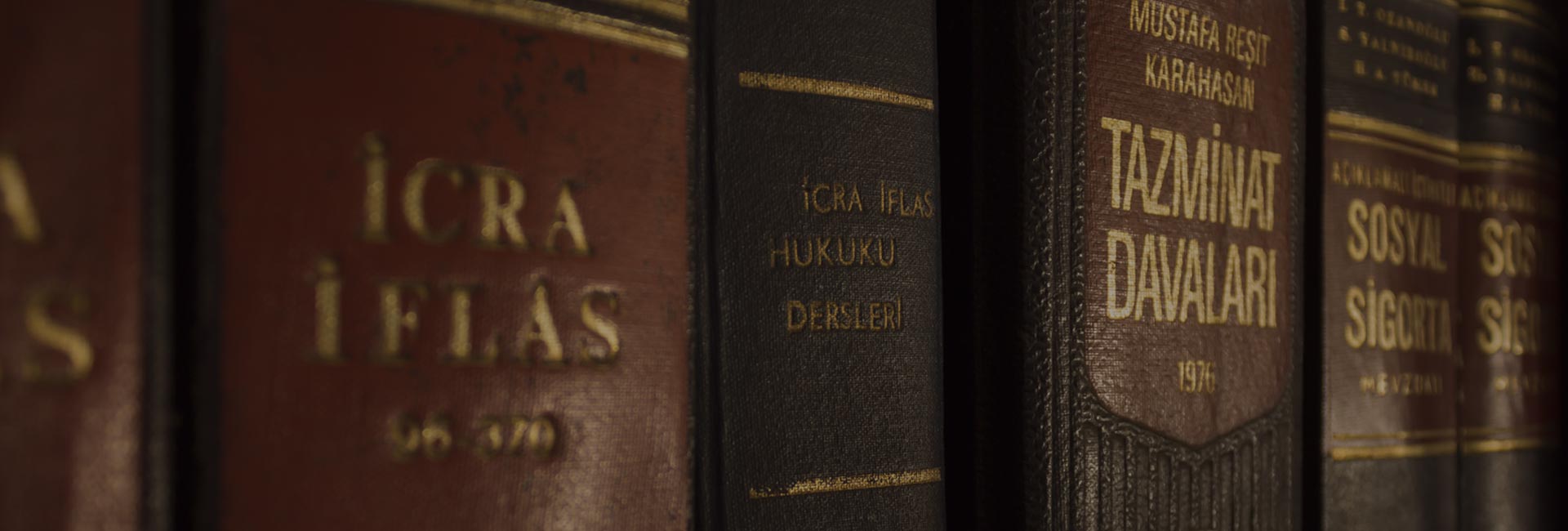Current Location : Home > Publications
Publications
Publications
CNIPA's Draft Rules May Make It Easier to Obtain Business Method Patents
DATE:2019-12-20 FROM:LexFieldDavid Huang
• Business method features have been historically excluded in the inventiveness analysis.
• Draft revisions to the Patent Examination Guidelines may allow a business method feature to be considered in unison with a technical feature.
CNIPA recently published draft revisions to the chapter on computer-program implemented inventions of its Patent Examination Guidelines for the public's comments. Certain rules given in the draft, if implemented, could make it easier to obtain patents based on novel business methods in that the rules would provide more room to take business method features into consideration in the inventiveness analysis.
In the past, business method features would be excluded, almost categorically, from consideration in the inventiveness analysis, on the grounds that business method features do not make technical contribution to the prior art. Section 6.1.3 in the draft revisions include draft rules that would loosen such an exclusion.
The draft rules are:
(1) If a business method feature has a mutual supportive and interactive relationship in function with a technical feature, the business method feature should be considered with the technical feature as a whole. Such a "mutual supportive and interactive relationship in function" exists if a business method feature is closely integrated with a technical feature to jointly constitute the technical means for solving a technical problem and achieve a corresponding technical effect.
(2) If a technical means needs to be adapted or improved to implement a business method feature, then the business method feature should be considered to have a mutual supportive and interactive relationship in function with a technical feature.
The draft revisions give examples to illustrate the above rules, particularly the more specific rule (2). One of the examples has the following claim as the subject:
A method for logistics distribution, which improves logistics distribution efficiency by notifying users in batches to pick up parcels, the method comprising:
• when a dispatcher needs to notify users to pick up parcels, the dispatcher sends an arrival notification through a hand-held logistics terminal to a server;
• the server sends notifications in batches to all users in a dispatching range of the dispatcher;
• the users who receive the notifications pick up the parcels according to the notifications;
wherein, the server sends the notifications in batches by the following processing: determining information of all target orders corresponding to a dispatcher ID and within the dispatching range centered on current position of the logistics terminal, according to the dispatcher ID, a current position of the logistics terminal and the dispatching range carried in the arrival notification sent by the logistics terminal, and pushing the notifications to user terminals corresponding to user accounts in the information of all target orders.
The closest prior art discloses a method for logistics distribution, wherein a logistics terminal scans a bar code on a distribution sheet and sends the scanned information to a server to notify the server that a parcel has arrived; the server obtains information of a user from the scanned information and sends a notification to the user; the user picks up the parcel based on information in the notification upon receiving the notification. Claim 1 differs from the closest art in sending the notifications to the users in batches (which is a business feature). Therefore, the problem to be solved by the subject application is how to effectively improve distribution efficiency and reduce distribution cost in a logistics distribution process.
According to the analysis given by CNIPA, in order to send the notifications in batches in the subject application, physical architectures and data communications among the server, the logistics terminals and the user terminals (which are technical means) are correspondingly adapted. Therefore, the business method feature (notification rules for picking up parcels) and the concrete implementation manners of notification have mutual supportive and interactive relationship in function and thus should be considered as a whole. CNIPA eventually recognizes the inventiveness of claim 1 over the closest art in this example.
Comments
The above example can be read in line with certain rules already existing in the Patent Examination Guidelines. CNIPA's official comments on this example can be understood as an expansion of inventions that can be patented.
The existing rules list three types of inventions implemented by computer programs that can be patentable:
(1) a program-implemented solution implementing an industrial/engineering process according to laws of nature;
(2) a program-implemented solution processing external technical data according to laws of nature; and
(3) a program-implemented solution improving the efficiency of a computer system according to laws of nature.
The above example can be regarded as an expansion of type (3). Currently, type (3) is limited to improvement of a "computer" system. But the system improved by this "logistic distribution" example also includes the dispatcher, a person ---- novel business methods generally are intended to improve the efficiency of a community of people. Further, the improvement of the system of this example over the prior art can be made purely by software program. That is, CNIPA's interpretation of this example means that with business features implemented purely through software, an improvement of efficiency of a larger system including human actors can be regarded as a technical effect that contributes to the inventiveness of a claim. This provides more room to take business features into consideration in the inventiveness analysis and make it easier to obtain business method patents.
- PREVIOUS: Chinese Supreme Court Aim...
- NEXT:
T...
- RETURN




